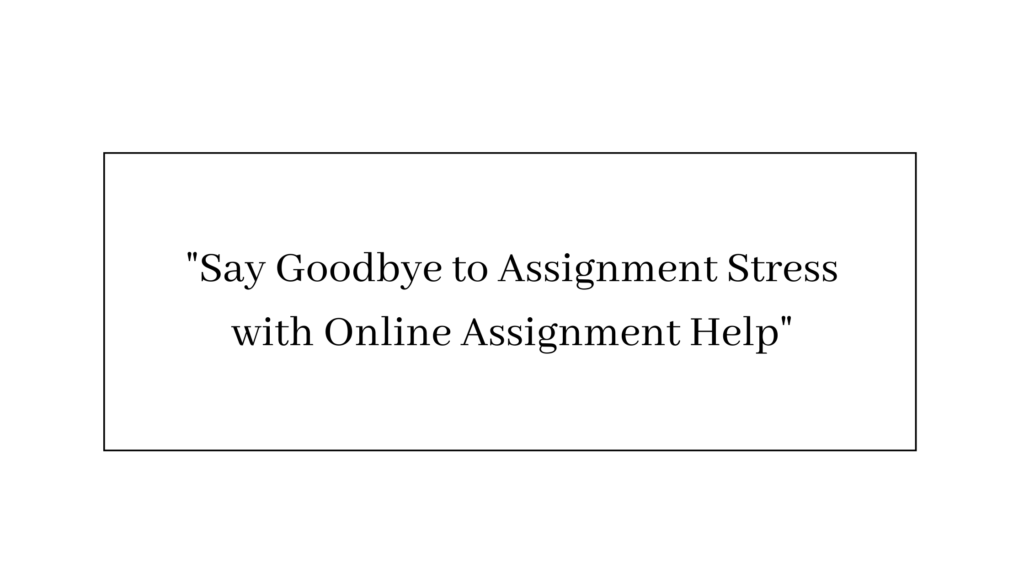
In today’s fast-paced world, technology has revolutionized every aspect of our lives, including education. The integration of technology in classrooms has brought about significant changes, both positive and negative. This article delves into the impact of technology on education, highlighting its advantages and challenges.
Technology in education has numerous benefits that enhance the learning experience for students. Let’s explore some of the key advantages:
With technology, students have instant access to a vast array of information. Online resources, such as e-books, research articles, and educational websites, provide a wealth of knowledge that transcends traditional textbooks. This accessibility empowers students to explore and learn beyond the confines of the classroom.
Technology offers interactive learning experiences that engage students in a dynamic and immersive way. Multimedia tools, educational apps, and virtual simulations create an environment that sparks curiosity and facilitates active participation. This interactivity fosters deeper understanding and retention of concepts.
Technology enables personalized learning paths tailored to individual student needs. Adaptive learning platforms use algorithms to assess student performance and provide targeted content and exercises accordingly. This individualized approach allows students to learn at their own pace and focus on areas that require improvement, leading to better learning outcomes.
Technological tools facilitate collaboration and communication among students and teachers. Online discussion forums, video conferencing, and collaborative platforms enable seamless interaction, regardless of geographical barriers. This promotes teamwork, critical thinking, and the development of essential skills for the digital age.
Through technology, students can connect with peers and educators from around the world, transcending cultural boundaries. Virtual exchange programs, online courses, and international collaborations broaden students’ perspectives and foster global citizenship. This exposure to diverse perspectives enhances cultural understanding and prepares students for a globalized society.
Technology has made education more accessible and inclusive for students with diverse needs. Assistive technologies, such as screen readers, speech recognition software, and captioning tools, enable students with disabilities to engage fully in the learning process. This inclusivity ensures that no student is left behind and promotes equal educational opportunities.
While technology brings numerous advantages, it also presents certain challenges that need to be addressed. Let’s explore some of the key challenges:
Implementing technology in education often requires substantial investments in infrastructure, devices, and software. Not all educational institutions have the financial resources to provide equal access to technology for all students. This digital divide can exacerbate educational inequalities and limit the benefits of technology.
Technology is not without its glitches. Technical issues, such as network outages, software malfunctions, and compatibility problems, can disrupt the learning process. Reliance on technology also means that any downtime can halt learning activities, leading to frustration and lost instructional time.
The allure of technology can be a double-edged sword. While it enhances learning, it also presents a multitude of distractions. Social media, online games, and other entertainment platforms can divert students’ attention away from educational content. Striking a balance between using technology for educational purposes and managing distractions is crucial.
The integration of technology in education raises concerns about cybersecurity and privacy. Educational institutions need to ensure robust security measures to protect student data and prevent unauthorized access. Safeguarding privacy and educating students about digital citizenship and responsible online behavior are paramount in the digital age.
While technology has become an integral part of education, not all students and teachers possess the necessary technological skills. Bridging the technological skills gap is crucial to harnessing the full potential of technology in education. Professional development programs and training initiatives are essential to equip educators with the skills required to effectively integrate technology in the classroom.
While technology is a valuable tool, an overreliance on it can hinder critical thinking and problem-solving skills. Relying solely on technology for learning may limit students’ ability to think independently and creatively. Balancing technology with traditional teaching methods is vital to ensure a holistic and well-rounded education.

A: Technology has improved access to education by providing online resources, virtual learning platforms, and remote education opportunities. It has transcended geographical barriers, enabling students to access educational materials and interact with educators from anywhere in the world.
A: No, technology cannot replace teachers in the classroom. While technology enhances the learning experience, teachers play a crucial role in guiding and facilitating learning. They provide personalized support, nurture critical thinking skills, and foster social and emotional development, which technology alone cannot replicate.
A: Ethical considerations of using technology in education include safeguarding student privacy, ensuring equitable access to technology, and promoting responsible digital citizenship. Educators and institutions need to establish clear guidelines and policies to address these ethical concerns and ensure a safe and inclusive learning environment.
A: Technology can address the needs of diverse learners through adaptive learning platforms, assistive technologies, and personalized learning approaches. These tools cater to individual learning styles and accommodate students with disabilities, ensuring inclusivity and equal educational opportunities.
A: Some potential solutions to overcome the challenges of technology in education include providing adequate funding for technology integration, investing in reliable infrastructure, offering comprehensive training and professional development for teachers, implementing robust cybersecurity measures, and promoting responsible technology use among students.
A: Technology equips students with essential digital skills and competencies required in today’s workforce. Exposure to technology in education develops critical thinking, problem-solving, collaboration, and creativity, which are highly valued in future careers. Moreover, technology facilitates access to online courses and resources that enhance students’ knowledge and skills in specific domains.
The impact of technology on education is undeniably profound, offering a wide range of advantages and presenting certain challenges. By harnessing the benefits of technology and addressing the associated challenges, educators can create a learning environment that prepares students for the digital age. Technology, when used effectively and responsibly, can revolutionize education, fostering engagement, collaboration, and personalized learning experiences.
Online Assignment Solution can be a valuable resource for students facing academic challenges. With the help of professional experts, students can receive personalized assistance and guidance for their assignments. Whether it’s a complex math problem, a challenging essay topic, or a confusing concept in a subject, Online Assignment Solution offers clarity and support.
Their services provide well-researched and structured solutions that can serve as a reference for students, helping them understand the subject matter better. Additionally, Online Assignment Solution saves time and reduce stress by offering timely delivery and meeting strict deadlines. Students can also benefit from the feedback and suggestions provided by experts, enabling them to improve their academic performance.
Get Industry Ready With Access to Latest Updates!
Now Don’t Miss Out On Any Trending Revelation in the Assignment Writing Industry.
Get An Expert Advice, Whatsapp Us
Essay Writing Help
Research Paper Writing Services
Coursework Help
Thesis Writing Services
Case Study Help
Term Paper Writing Services
© 2023 Online Assignment Solution
© 2023 Created by Sagnick
